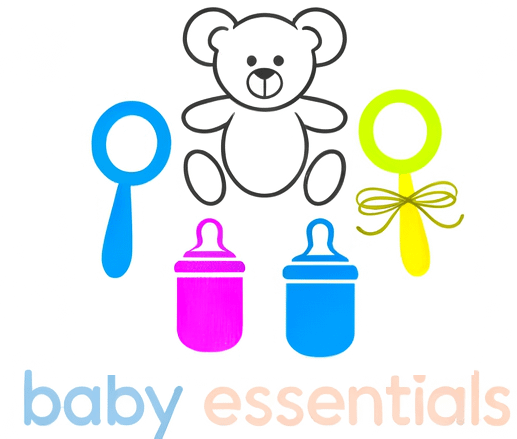Introducing your baby to solid foods is a major milestone, marking the beginning of a lifelong relationship with food. This journey, sometimes called weaning or complementary feeding, is about more than just nutrition; it’s about learning, exploration, and family connection. Here’s a comprehensive month-by-month guide, grounded in current medical advice and practical tips, to help you navigate this exciting stage.
Introducing Solid Foods: The Right Time to Start
Most health organisations recommend introducing solid foods around 6 months of age. Before this, breast milk or infant formula provides all the nutrition your baby needs. Starting solids too early (before 4 months) is not advised, as babies’ digestive systems and oral motor skills are not ready.
Signs Your Baby Is Ready:
- Sits up with minimal support and has good head control
- Shows interest in food (reaching for food, watching others eat)
- Loses the tongue-thrust reflex (does not automatically push food out of the mouth)
- Can pick up objects and bring them to their mouth
Month-by-Month Guide
6 Months: The First Tastes
What to Offer:
Begin with single-ingredient purees or soft foods, think cooked and mashed vegetables (carrot, sweet potato, parsnip), fruits (banana, pear), or baby rice.
How Much:
Just a few spoonfuls once a day. The goal is to introduce new tastes and textures, not to replace milk feeds.
Tips:
Let your baby explore food with their hands, and don’t worry if most of it ends up on their face or bib. Offer foods at a time that suits both of you, when your baby is alert and not too hungry or tired.
7–8 Months: Expanding the Menu
What to Offer:
Gradually introduce a wider variety of fruits, vegetables, and grains. You can start to offer mashed or finely chopped foods and soft finger foods like steamed vegetable sticks or ripe fruit slices.
How Much:
Move toward two small meals a day. Continue to offer breast milk or formula as the main source of nutrition.
Tips:
Begin introducing iron-rich foods, such as well-cooked lentils, beans, or finely shredded meats, as babies’ iron stores start to decrease around this age.
9–10 Months: Textures and Finger Foods
What to Offer:
Increase food texture by offering chopped, minced, or lumpy foods. Introduce small pieces of soft meat, pasta, cooked beans, and more finger foods. Encourage self-feeding with foods cut to the size of your baby’s fingertip.
How Much:
Three small meals a day, plus snacks if your baby is interested. Breast milk or formula should still be offered regularly.
Tips:
Let your baby practice drinking water from a sippy cup during meals. Avoid foods that are choking hazards (whole grapes, nuts, raw carrots).
11–12 Months: Family Foods
What to Offer:
Your baby can now eat most of the foods you do, in small, manageable pieces. Offer a variety of proteins, grains, fruits, and vegetables. Avoid added salt and sugar.
How Much:
Three meals a day plus one or two snacks. By 12 months, solid foods should become the primary source of nutrition, with milk feeds transitioning to a supportive role.
Tips:
Aim for your baby to join family meals. Encourage self-feeding and let them explore different tastes and textures, even if it’s messy.
Safety and Best Practices
- Go Slow: Introduce one new food at a time, waiting 3–5 days before adding another, to monitor for allergies or reactions.
- Avoid Certain Foods: No honey before 12 months (risk of botulism), no whole nuts (choking hazard), and avoid added salt and sugar.
- Choking Prevention: Always supervise your baby while eating. Cut foods into small pieces and avoid hard, round, or sticky foods.
- Patience is Key: Babies may need to try a food 10 times or more before accepting it. Keep offering a variety, even if they initially refuse.
Common Questions
What if my baby refuses solids?
It’s normal for babies to be hesitant. Keep offering, stay patient, and let your baby set the pace. Their appetite can vary day to day.
When should I introduce allergens?
Current guidelines suggest introducing common allergens (peanuts, eggs, dairy, fish) one at a time, after other solids have been tolerated, and while continuing to offer them regularly if tolerated.
How do I balance milk and solids?
Breast milk or formula remains the main source of nutrition until 12 months. Gradually increase solids while maintaining regular milk feeds.
Final Thoughts
Introducing solids is a gradual process that should be enjoyable for both you and your baby. Focus on variety, patience, and making mealtimes positive. By 12 months, your child will likely be eating a wide range of family foods, setting the stage for healthy eating habits for years to come.

